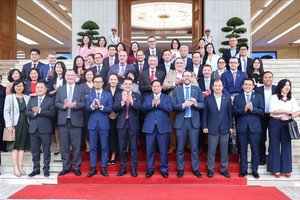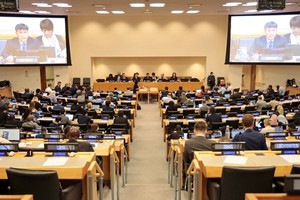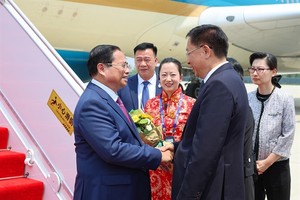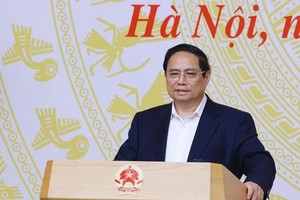TOKYO, June 27, 2011 (AFP) - Japan's TEPCO said it started on Monday pumping in decontaminated runoff water to cool reactors at its crippled Fukushima Daiichi plant, in a step towards stabilising the tsunami-hit atomic facility.
The effort to recycle water back into reactors at the power plant had been delayed due to problems with the treatment system used to decontaminate liquid that has accumulated during the three-month effort to contain the crisis.
The new system recycles the cleaned water for another round of cooling.
"At 16:20 (0720 GMT) we started the system to circulate (cleaned) water" at three reactors at the Fukushima Daiichi plant, a spokesman at Tokyo Electric Power Co. said.
The development would help the company meet its goal of bringing the reactors to safe shutdowns by January 2012 at the latest, he said.
TEPCO needs to decontaminate more than 100,000 tonnes of highly radioactive water that has built up during reactor cooling operations and prevented workers from accessing areas of the plant to make repairs.
A 9.0 magnitude earthquake on March 11 triggered a tsunami that smashed into the Fukushima plant and knocked out reactor cooling systems, triggering meltdowns, explosions and radiation leaks in the world's worst nuclear accident since Chernobyl in 1986.
"It has taken some time to stably process waste water. That has led to delays in using the recycling system for cooling. It has taken longer than earlier expected," Prime Minister Naoto Kan's nuclear aide Goshi Hosono said.
"Factoring in delays and troubles, we wanted to start this circulation cooling by the end of this month. So I am relieved to have been able to come to this."
Hosono added that TEPCO was still working on a stable system to cool the reactors over the long term, but "we believe we have stepped closer to the goal".







)
















